Hailed as the pioneers of the bloodstained entity that is Florida death metal, Death emerged from a scene that would go on to spawn the likes of Obituary, Deicide and Morbid Angel.
Despite the earned nobility of his peers, founder and visionary Chuck Schuldiner appeared destined for greatness from the very beginning. A young guitarist with one of the most highly respected work ethics towards music had inadvertently created one of the greatest legacies metal has ever known.
Their budding, yet deadly debut, Scream Bloody Gore is widely regarded (and often disputed) as the first death metal album - with Possessed’s Seven Churches and Necrophagia’s Season of the Dead also permeating the subculture of the era. Nevertheless, their fresh and unbridled raw energy would eventually rise higher into mind-bendingly technical expanses.
Despite the many (...many) lineup changes and precarious relocations during their formative years, Death could have been considered a true collective - a close-knit family of death metal’s forerunners, with frontman Chuck Schuldiner acting as conductor to the symphony of consistently delivered metal masterpieces.
After years of disordered tour experiences and tempestuous management relations, in 1990 Schuldiner decided to abandon the idea of a band unit and opted to go forward producing albums using his roster of allies on a session basis - a decision that ultimately paid off and led to some of their finest work.
By the time Human was released in 1991, the band had advanced technically and thematically, leaving behind the gore and primitive template to push the boundaries of what it meant to be a death metal band.
Subsequent successes culminated the release of their seventh studio album, The Sound of Perseverance after which Schuldiner had begun to focus his creativity into other projects, electing not to forsake the sound and prosperity that was achieved before his untimely death in 2001.
It could be argued that Death never released a bad album, making a supposed “best of” list a rather tricky challenge for anyone who dare try.
Hint: they’re all good.
Still, here is our attempt to meander through the “yeah, but what about…”, “oh but this should be higher...”, “this shouldn’t be that far down…” minefield that is the Death catalogue.

7. Spiritual Healing (1990)
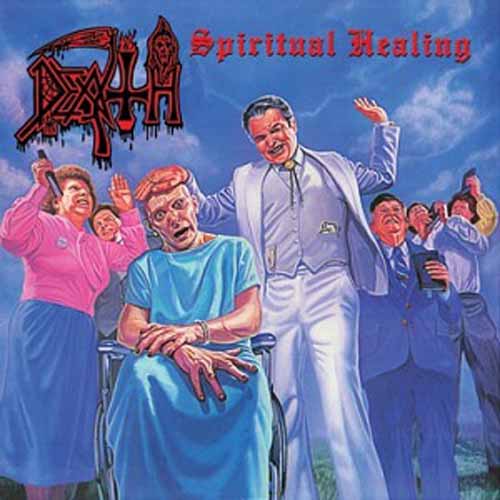
If any of Death’s releases were to take the back seat, it would have to be Spiritual Healing. During a period of increased turbulence, this courageous endeavour marks a period of transition from their adolescent rawness into technical proficiency - a progression largely influenced by the recruitment of seminal shredder, James Murphy.
Along with the stylistic evolution, Spiritual Healing also brought about a change in Schuldiner’s lyrical ideas from gore into more humanist and religious themes. A valiant attempt at artistic exploration which would find itself refined further in the albums to follow.
Buy Spiritual Healing on vinyl | Buy Spiritual Healing 2CD reissue
6. The Sound of Perseverance (1998)
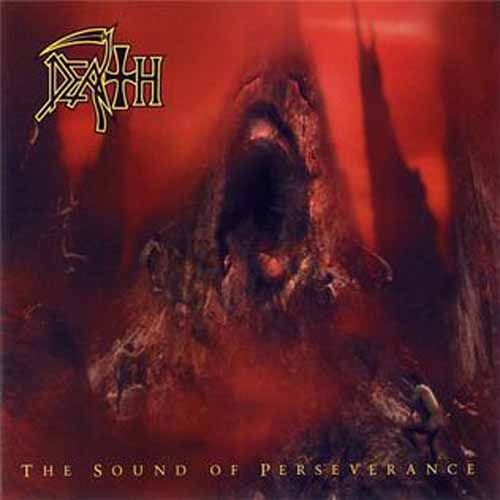
Death's final offering saw Schuldiner’s uncompromising creativity sat between his long-time labour and a further evolution into fresh territory. A move that would become his future project, Control Denied.
This mental division hardly compromised on Death’s matured essence, with tracks such as A Moment of Clarity, and Flesh And The Power It Holds once again demonstrating an aesthetic step up from previous capabilities. An essential listen for metal’s intellectuals.
Buy The Sound of Perseverance on vinyl | Buy The Sound of Perseverance 2CD reissue
5. Individual Thought Patterns (1993)
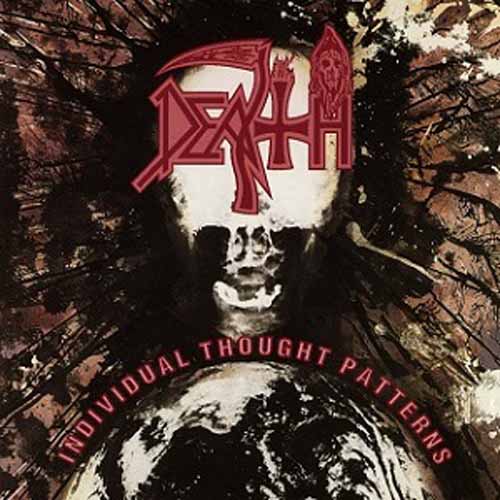
Just when you thought it wasn’t possible for Death to out do themselves yet again, Individual Thought Patterns includes a lineup that can truly be described as a leviathan metal powerhouse.
King Diamond’s ex-guitar extraordinaire Andy LaRoque joined a returning Steve DiGiorgio and double-kick behemoth Gene Hoglan in demonstrating a true lesson in what concrete solidity really means.
Buy Individual Thought Patterns on vinyl | Buy Individual Thought Patterns 2CD reissue
4. Leprosy (1988)
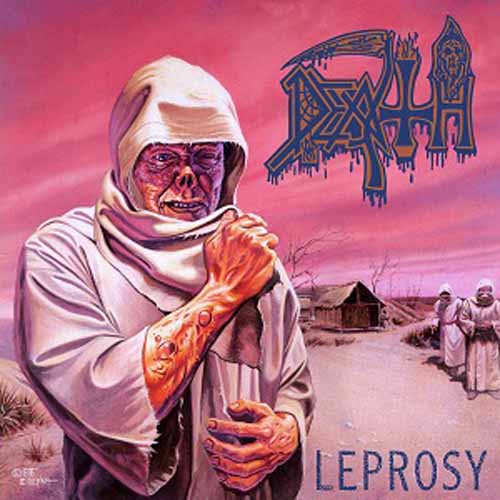
With Scream Bloody Gore having set a new standard in extremity, 1988’s sophomore release Leprosy would end up being the final nail in Death’s thrash-tinged coffin.
This new subgenre dubbed death metal was gaining traction, and with renowned songs such as Pull the Plug and Open Casket expanding on the fatal sensibilities for which they'd become known, Leprosy would eventually stand out as the pinnacle of their early era – savage riffs and thrash-beaten decomposition.
Buy Leprosy on vinyl | Buy Leprosy 2CD reissue
3. Scream Bloody Gore (1987)
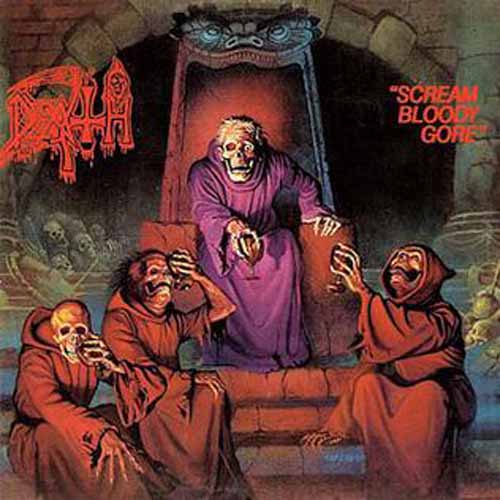
The album that birthed a new generation of metalheads. Scream Bloody Gore was to inadvertently provide the embryonic blueprint for what was to become the death metal genre.
This gradual epiphany was predominantly due to the appearance of Schuldiner’s guttural approach to vocals, the only aspect that really set Death apart from their ferocious thrash metal contemporaries – a genre from which he took primary inspiration.
The apex of the early formative demos and lineups, Scream Bloody Gore immersed their thrash roots in a fascination with horror and Chuck's grisly artistry.
Buy Scream Bloody Gore on vinyl | Buy Scream Bloody Gore 2CD reissue
2. Human (1991)
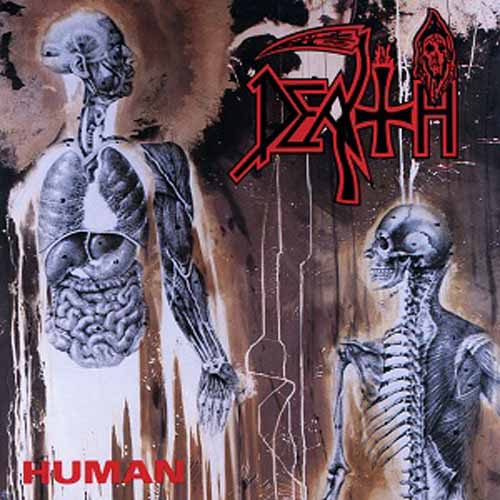
Hot on the heels of its predecessor, Human undoubtedly saw an exponential leap forward in innovation. With Schuldiner surrounded by the most virtuosic collection of members in the band’s history, it was no wonder this multifaceted masterpiece became Death’s best selling, and highest acclaimed album.
Featuring their first music video for Lack of Comprehension, Human saw Chuck enlist ironically inhuman talents of Cynic’s Paul Masvidal and Sean Reinert resulting in the band gaining a well deserved reputation as a true force to be reckoned with.
Buy Human on vinyl | Buy Human 2CD reissue
1. Symbolic (1995)
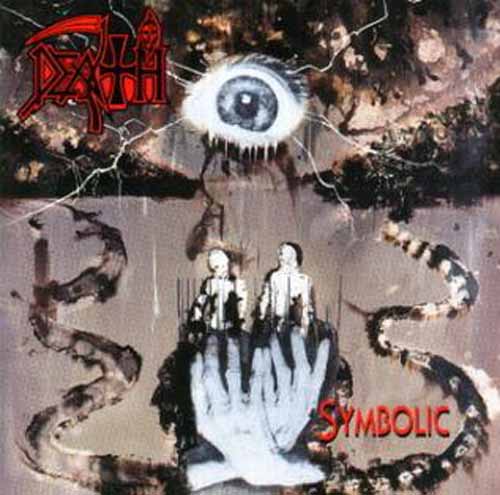
Amongst the monumental acclaim and praise that surrounded Human there is something about 1995’s Symbolic that truly sets it apart from the flock.
Once again forced to experiment with lineups, and with Dark Angel’s Gene Hoglan returning to the fold, Schuldiner appeared to strike gold with the acquisition of lesser known bassist Kelly Conlon and jazz influenced mastery of Bobby Koelble.
The result? A labyrinth of technicality and cerebral lyrical meanderings displaying unsurpassable musicianship, all the while managing to remain incredibly accessible and influential. From the catchiness of Symbolic up the Crystal Mountain to the epic landscapes of closer Perennial Quest, Symbolic is sure to find itself within every death metal fans revered ‘best of’ collections.
Buy Symbolic on vinyl | Buy Symbolic on CD
What is the best Death album?
It's ranked as the best Death album on this page, but Symbolic was also voted as the best death metal album ever by Metal Hammer readers. We were inclined to agree, writing: "There are more extreme death metal albums, musically and lyrically. But none is as visionary as Death’s sixth and penultimate album."
What was Death's first album?
Released in 1987, Death's revolutionary debut Scream Bloody Gore introduced the world to the genius of frontman Chuck Schuldiner. Some of their debut's guitars and drums were recorded in Florida, but their label Combat were unhappy with its sound; the band decamped from Florida to The Music Grinder studio in Los Angeles and re-recorded everything with producer Randy Burns.
Who popularised death metal?
While Possessed can be credited as the inventors of death metal – it's even the title of the closing track on their 1985 debut Seven Churches – it's no secret that Death frontman Chuck Schuldiner was influenced by the San Francisco act. And with the release of their own debut Scream Bloody Gore two years later, Schuldiner's vision and technical ability turned his own band into death metal pioneers and steered the genre into new, exciting directions with each subsequent release.
